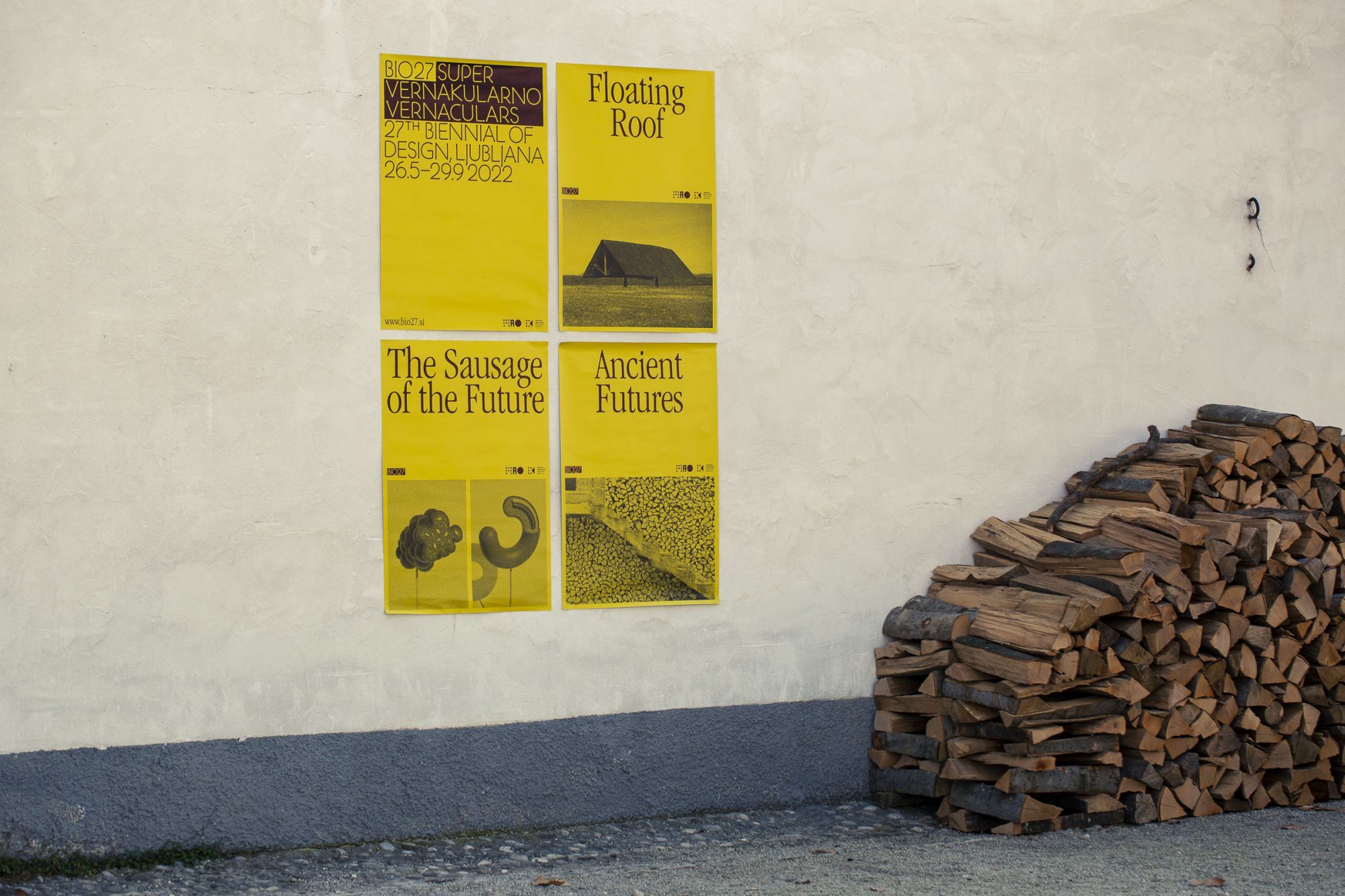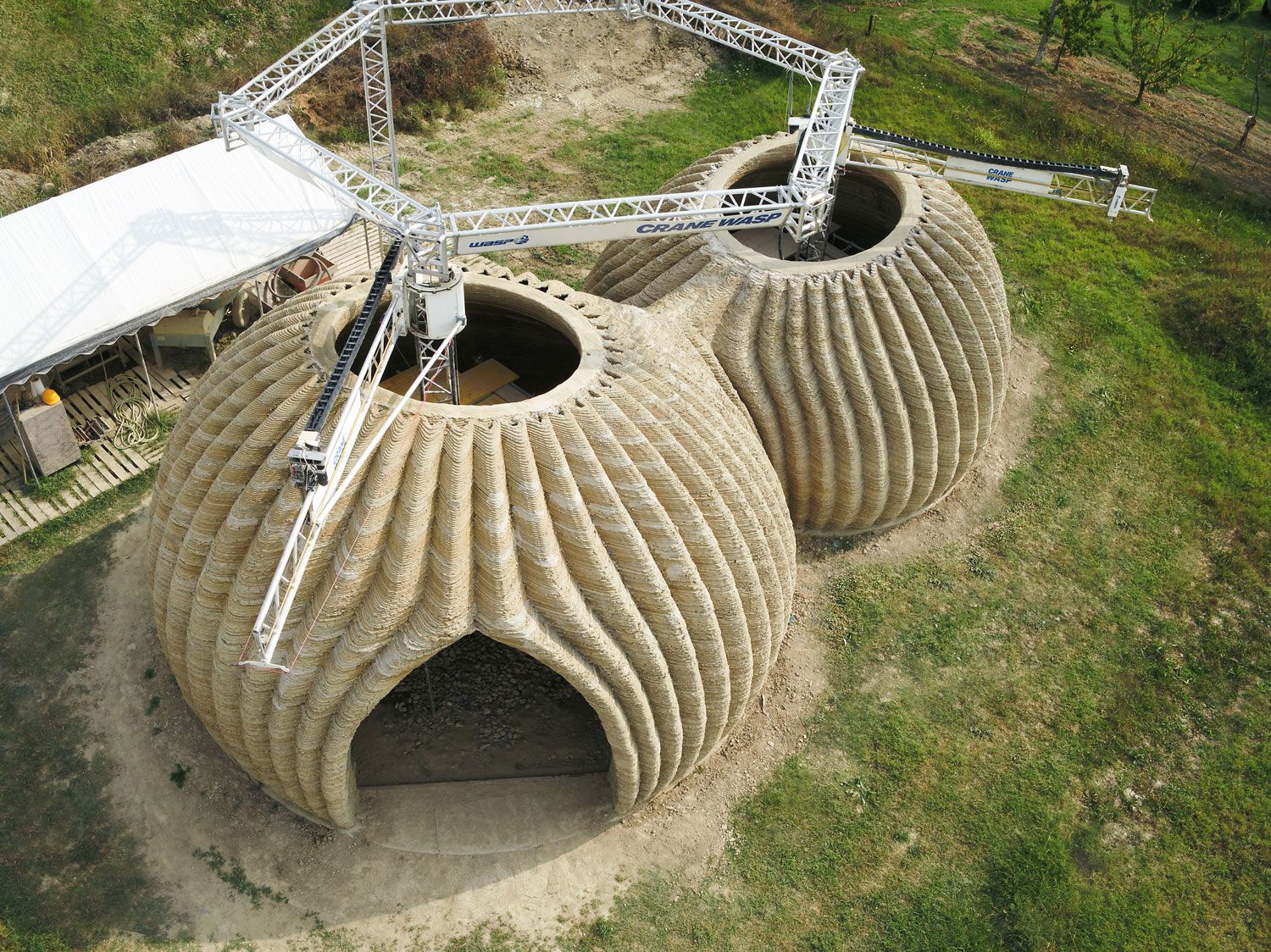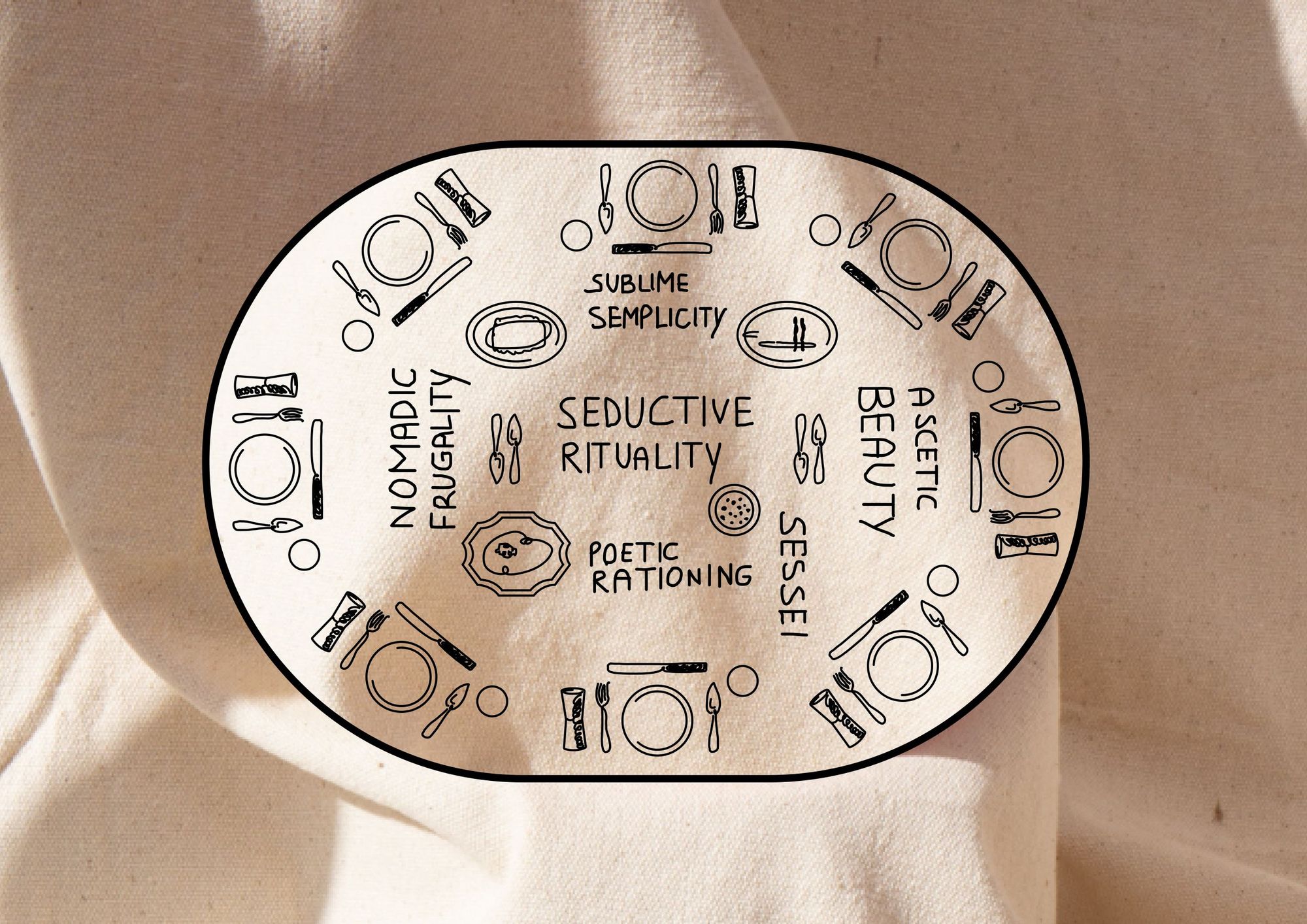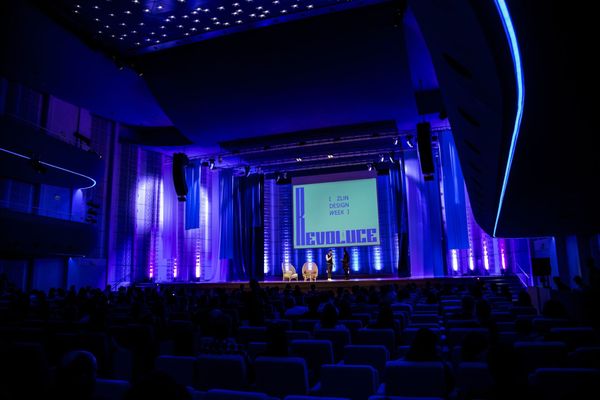The Biennial of Design in Ljubljana (BIO27) opens its gates for the 27th time on 26 May. This year, our future and that of our planet are at stake; how can we face the challenges of the 21st century building on local resources and folk traditions? This year’s biennial, Super Vernaculars: Design for a Regenerative Future, will showcase local and international designers and architects’ work on possible ways out of the climate crisis.
Only a few know, but the Slovenian capital was the first in the world to organize a biennial of design in 1964, and BIO has been one of the most preeminent international design events in the region. The product-oriented, industrial design exhibitions of the early days have evolved into project-oriented, multidisciplinary experiments, a trend that the biennial continues this year. Launching on 26 May, BIO is curated this year by London-based design curator and writer Jane Withers, who has worked with assistant curator Ria Hawthorn and staff from the Museum of Architecture and Design (MAO) and the Centre for Creativity (CzK) to prepare the event.
Global extension and profit making at the expense of the planet has accelerated the onset of climate catastrophe and increased the imbalance between humanity and nature. BIO27’s theme, Super Vernaculars, presents an increasingly popular movement that seeks to create a more adaptable and sustainable future by building from vernacular and indigenous architectural and design traditions. The exhibition focuses on renewable energies and self-sustaining systems, and strategies for working with the Earth rather than exploiting it. It will showcase the work of designers and researchers who offer new, innovative alternatives to industrial solutions and technocentrism.


At the central exhibition, from historical precedents and the influence of vernacular architecture on modernism (e.g. the work of Enzo Mari or Marjetica Potrč) to contemporary projects by designers (e.g. the Dutch Carolien Niebling or the Polish Alicja Bielawska and Centrala), based on local traditions, we can learn about the meaning of vernacular and its role in shaping our common future. The exhibition will also present new solutions and material research that dismantle central infrastructures, and present NGOs and initiatives (such as Isla Urbana in Mexico or the Kamikatsu Zero Waste Village and Centre in Japan) that promote social equality and community development.
Besides the main exhibition, five projects commissioned by the biennial will be presented, created by local and international designers and researchers under the mentorship of CzK. The design teams specifically explored local problems, including building with tamped earth and using buckwheat, and new ways of accessing clear water. New ways of communicating culture have also been addressed, such as communicating the heritage of Slovenian architect Jože Plečnik, who is revered for his humanist approach, and the sustainability of exhibitions.



BIO 27 is open between 26 May and 29 September. Opening: 26 May.

These are the wines we drink this spring! | Bortársaság—BORtavasz











